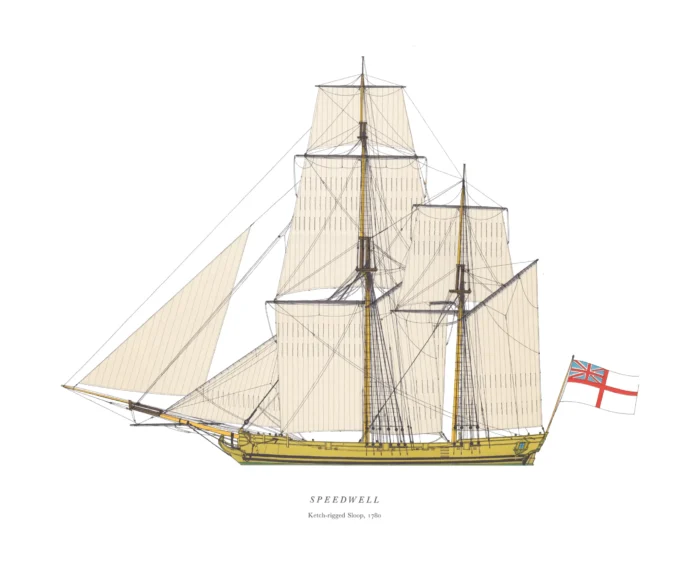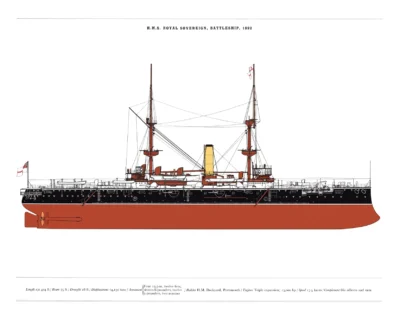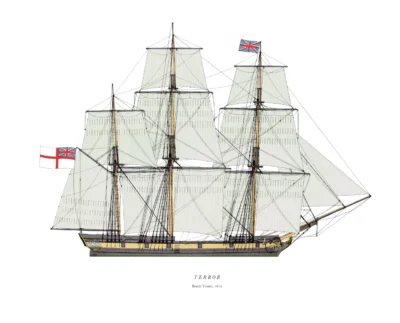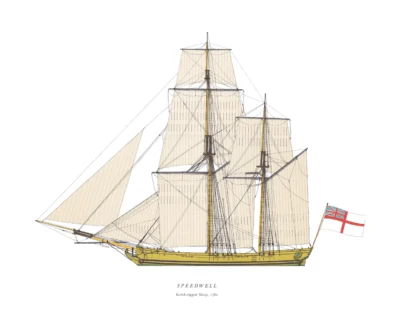HMS Speedwell, 1780
Original price was: £25.00.£17.50Current price is: £17.50.
Speedwell; bomb ketch; saw action on 2 continents; lost off Dieppe 1807 (scroll down for a more detailed Description)
Published 1968 by © Hugh Evelyn Limited; drawn by Scottish marine artist John Gardner (1930-2010)
Size: c. 44 x 35 cm [17″ x 14″] (may vary slightly from printers’ cut 50 years ago)
Printed on high white matt cardstock 144 g/sm2.
Print is LARGE size – shipping is the same for 1 to 10 prints (based on largest print size in your order) – see Shipping & Returns.
In stock
Description
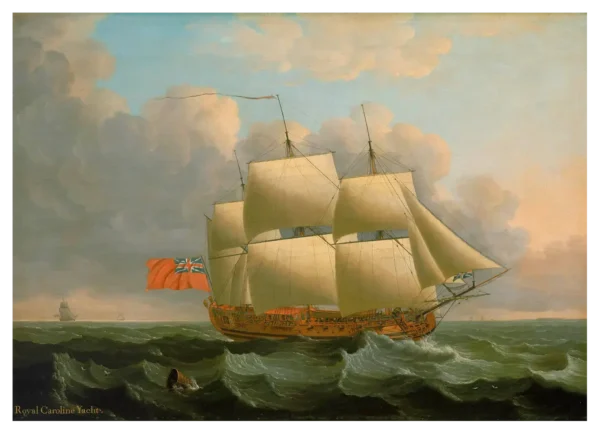
Speedwell;
Cutter rig (brig rig post 1796);
Built: unknown; purchased by the Admiralty in 1780;
193 Tons; Length: 75′ ft’ 3″ (22.9 m); Beam: 25′ 10″ (7.9 m); Hold depth: 10′ ft’ 2″ (3.1 m);
Armament: 24 Guns: 14 (later 16) × 4-lb (1.8 kg) guns; 10 × ½-lb (o.23 kg) swivel guns;
Before 1760 vessels below the size of frigate were not rated and referred to as sloops, always two-masted, rigged as snows, brigantines or ketches. From the end of the 17th century, they were distinguished by their armament of one or two large-calibre mortars firing heavy shells or bombs. The blast caused damage to a foremast, so they removed it, leaving the square-rigged mainmast amidships and the mizzen aft. The resulting two-masted vessel was the bomb ketch. Speedwell is an example of one of these. A model can be seen at the Science Museum in London. She was probably of a class of six sloops, three of which, Speedwell, Fly, and Happy, were ketch-rigged. With an armament of eight 4-pounder cannons, Speedwell was useful as tender or performing general fleet patrol duties. She was a merchant vessel purchased in 1780 during the Great Siege of Gibraltar. During the Siege, her officers had some problems with mutinous crews. In 1782, a Spanish two decker, San Miguel, foundered in a storm and was beached when fired on. A boat from Speedwell took possession. The Spanish ship was a new build from Havana with a crew of over 600. The officers and crew of Speedwell participated in 4 bounty distributions – largely arising from the San Miguel. In 1796 Speedwell was altered to a brig before capturing a French privateer that attempted to board her. After more adventures in the English Channel and North Sea, Speedwell was finally lost with all hands in a storm near Dieppe in 1807.
Additional information
| Weight | 0.0223 kg |
|---|---|
| Dimensions | 44 × 35.5 cm |

